Featured image courtesy: Taqi Abbas
Often in Bengaluru, whenever I missed a slice of my hometown, I found comfort in cooking shahi tukda or slipping into my Chikankari saree from the vibrant lanes of Lucknow. In my quest to stay rooted and connected to the city, I began following several Instagram pages from Lucknow. Through them, I experienced glimpses of the city’s zaayaka (flavour) and the joy of virtual Ganjing, never letting myself forget what makes me love Lucknow — its rich history, Ganga-Jamuni tehzeeb (a beautiful fusion of cultures), and, of course, the food!
That’s when I stumbled upon a page called ‘Lucknow Uncovered’. As I explored it further, I realised that the Lucknow it portrayed went beyond books and everyday nostalgia. It felt a deeply personal tribute to the city’s heritage, not just by someone who has lived it, but by someone who is a part of it.
Video after video, my admiration for his work only deepened. And as I planned my homecoming in April, I knew I had to tell this story with The Better India.
After a month-long wait, I finally sat down with 28-year-old Taqi Abbas, the visionary behind Lucknow Uncovered. Through our conversation, I began to understand what drives him to voice the ‘unsaid’ stories of Lucknow and what it takes to start content creation from scratch, given that his first video went live in 2023.
The journey of a storyteller rooted in legacy
The idea of Lucknow Uncovered wasn’t born overnight. It was carefully thought out and deeply refined in a heart that wished to show something new, yet old, and when one belongs to a family whose past is steeped in rich layers of history, preserving that legacy becomes an act of love, carried out with deep care and sensitivity.
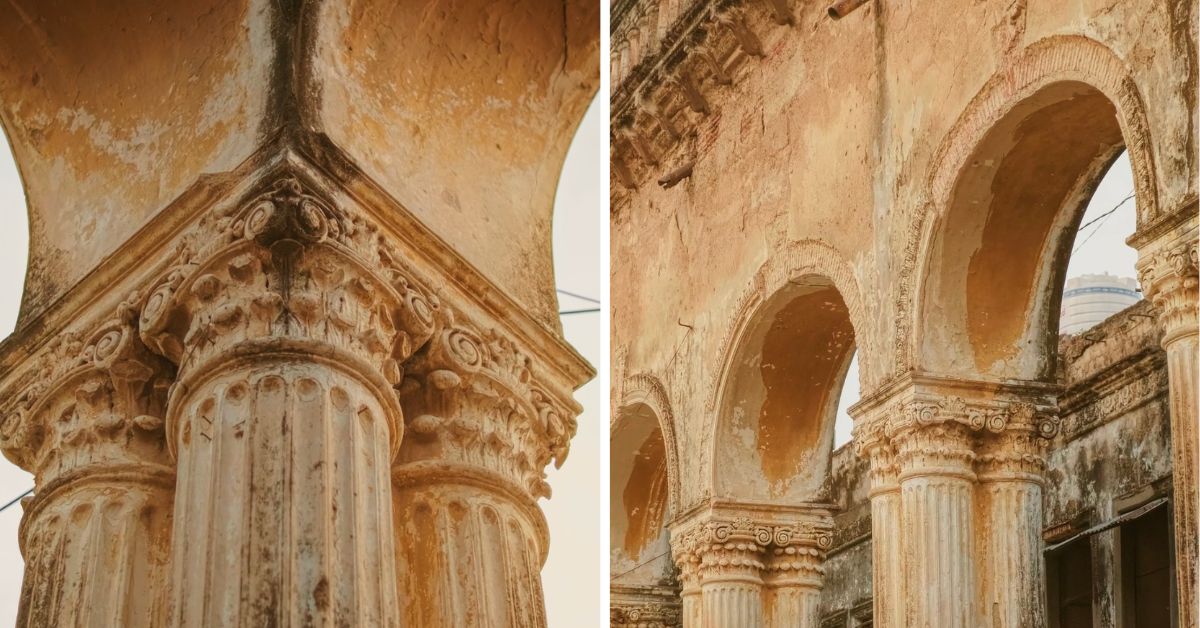
Taqi shares, “I come from a Nawabi background, and our family home is called Asafi Mahal. Growing up, I witnessed several film shoots right inside our house. The area we lived in was known as the ‘Entertainment Kothi’, or as it’s called locally, Chaman Wali Kothi. After 1959, due to some family disputes, Asafi Mahal, which originally included a few other kothis (homes), was divided, and my father and his eldest brother inherited Chaman Wali Kothi.”
As a child, Taqi would often watch film crews set up and shoot at his place. And when he stumbled upon a past that later defined his present, it is what we see today — a movement started by one, but loved by many.
Digging into a family archive, finding his individuality and the city’s soul
“I was in grade 11, and one day, in my family archives, I found photographs of Rekha ji, Farooq Shaikh ji, and the cast of Umrao Jaan. That discovery deeply intrigued me. Later, watching the film and recognising scenes shot inside my own home sparked a curiosity in me.”
He told us that over the years, scenes from films and shows like Mirzapur were also shot in their house.
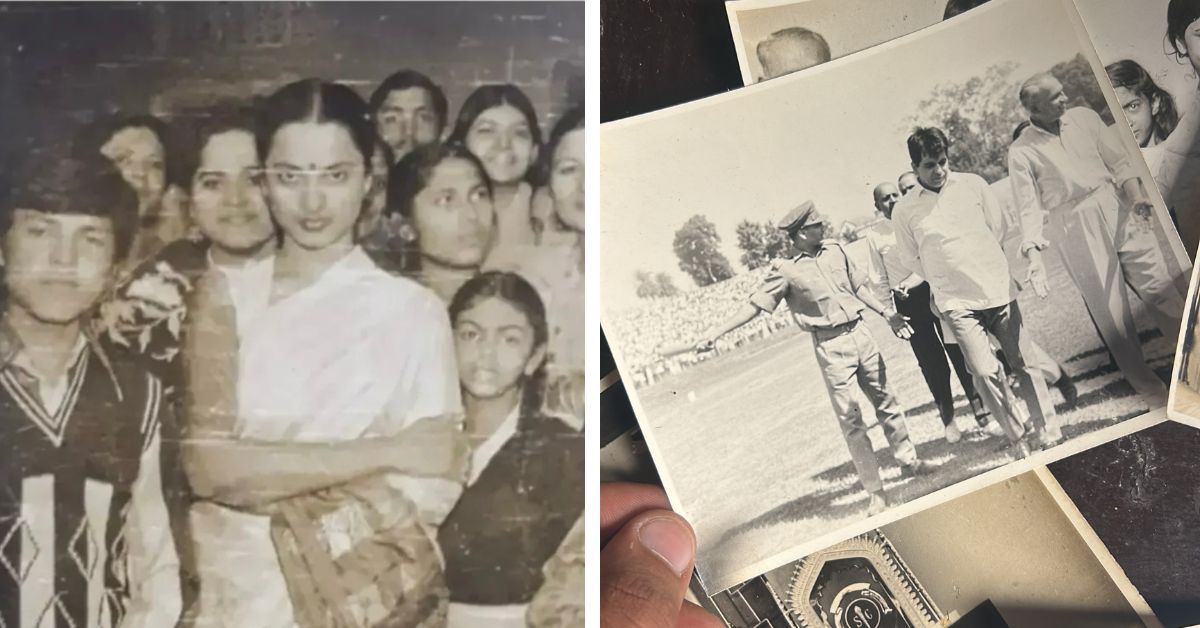
“When I began my bachelor’s in mass communication, we were encouraged to explore the city with cameras and document what we saw. During those photo walks, I became fascinated by the people and the stories that lived within Lucknow’s streets.
But content creation was never the first option. “After college, in 2014, I was shooting and making videos for various exhibitions and independent clients. I also worked on some write-ups for books,” Taqi shares.
The waves of COVID-19 gave many people time to pause and reflect. Within the four walls where others were exploring new ways to be productive, an idea was quietly brewing in Taqi Abbas’ mind.
He further states, “In 2019, during the early wave of COVID-19, screen time increased, and I noticed a flood of content online about Lucknow’s culture, food, and heritage. But many of these stories lacked authenticity. Brand shoots weren’t happening either. After a lot of thought, I finally decided to start Lucknow Uncovered. But even then, it didn’t fully take shape until late 2023.”
Taqi’s first step into content creation and what you can learn from it
It all starts with humble beginnings, minimum gear, inspiration, and consistency for people in media production. His first video, shot with his friend, Arpit Massey, about the Hussainabad Picture Gallery in old Lucknow, reflects how a place was captured beautifully by making the most of the limited resources.
“We didn’t have the best equipment. There was only a vision and a lot of enthusiasm to start something of my own, which I explained to Arpit — and that’s it. We shot during the day because we didn’t have the required lights for the evening, which is why the video appears grainy. I thought everyone knows about the Bada Imambara, but just three minutes away is this gallery, and I decided to begin with that,” he adds.
Side note: The Hussainabad Picture Gallery in Lucknow was originally built in 1838 by Nawab Mohammad Ali Shah as a summer retreat called the Baradari. Over time, it transformed into a cultural landmark, now housing life-size portraits of the Nawabs of Awadh, painted by renowned European artists between 1882 and 1885.
For those who wish to enter this field, Taqi shares that it requires identifying one’s niche, vision, and motivation. Whether using a phone or basic decent gear, one can dive right in. Finding good people for a team is tough, but that’s when a solo initiative starts evolving into a production house.
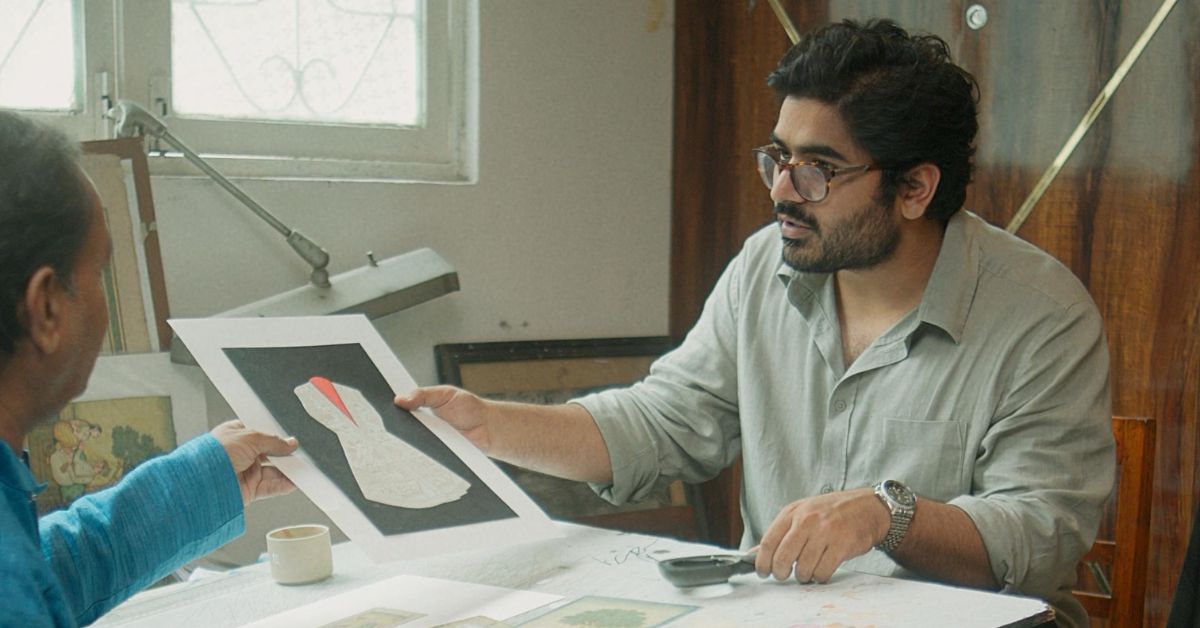
“A good 4K M4 mirrorless camera costs around Rs 1.5 to 2.5 lakh, and then there are lenses, a gimbal, and basic lights. All of this together can cost around Rs 5.5 to 7.5 lakh. But this equipment can easily be rented for around Rs 7,000 a day.”
“There are also recurring costs. A lot of content creators say they have a production house, but they mostly shoot and edit by themselves. However, if you hire people, salaries must be paid on time. Also, keeping up with the latest software for post-production can significantly increase output quality, adding around one lakh rupees to the cost,” Taqi explains for budding creators.
He says that all of this is doable with some smart work and savings — because he, too, started with nothing, and now works with gear worth Rs 25–30 lakh.
Lucknow beyond the obvious kebabs, Chikankari, or Imambara
What we often see on social media about Lucknow is the kebab trails in Chowk or sunset shots at the Imambara; these only scratch the surface of the city’s identity. The real stories live in its lanes and homes, from an old carved chhajja (projected roof ledge) to a bottle of handcrafted atr (perfume), or local festivals like Bada Mangal (celebrated every Tuesday of the Hindu month Jyestha [May–June]).
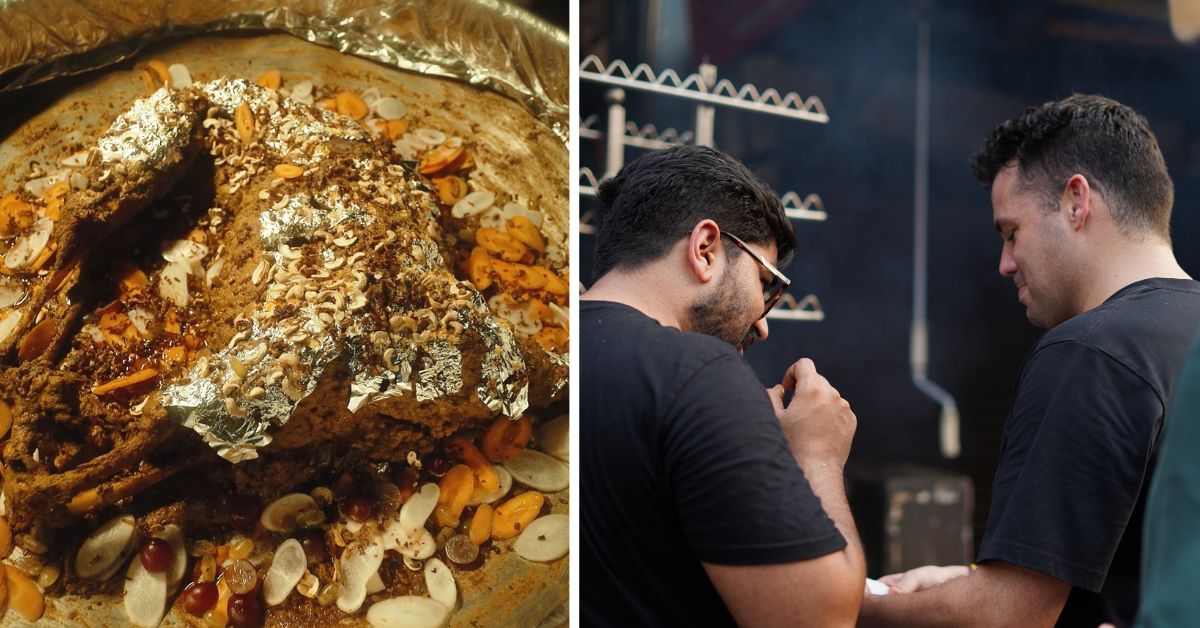
“Imambara is beautiful, and our kebab legacy is unmatched. But there is a Lucknow beyond. And I wanted to show that. I wanted to break the myths that were gaining traction, and with Lucknow Uncovered, I try to do that,” shares Taqi, forgetting about the coffee in front of him as he spoke so passionately about our city.
“That is why when it comes to food, I have not touched sheermal or kebabs. Instead, I have done videos on bakra musallam or baqarkhani. I even went inside the Clock Tower and brought the visuals to the public, which was previously only shown from the outside. So it is uncovering the city — literally,” he adds.
Learning about the city never ends. As we progressed, Taqi recommended that one can read about Lucknow’s Nawabs and Begums in the book titled Begums, Thugs & Englishmen: The Journal.
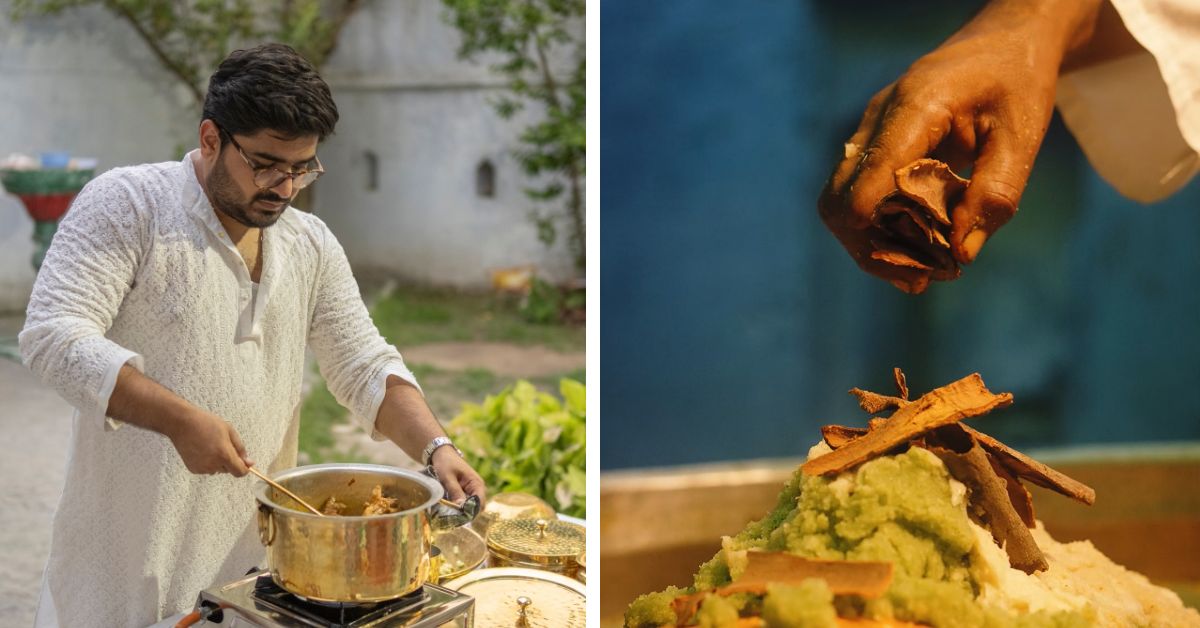
The Nawabs and royal families of Lucknow have long been known for their dariyadili (kind-heartedness). Whether it was distributing food among the awaam (population) in times of need or flying kites adorned with delicate chandi waraq (silver foil) so that when the kite falls in a person’s verandah, they could sell it and get money from it, every tradition carries a story. Taqi’s Lucknow Uncovered brings those forgotten narratives back to life through his videos.
Love without borders: Lucknow’s diaspora finds home
I was one of the admirers of Taqi’s work while I was away from my hometown. Longing for home can break even the strongest hearts. And when you find someone who captures not just those subjects but helps weave a story rooted in a bygone era, they become appreciable.
And it seems like I’m not alone.
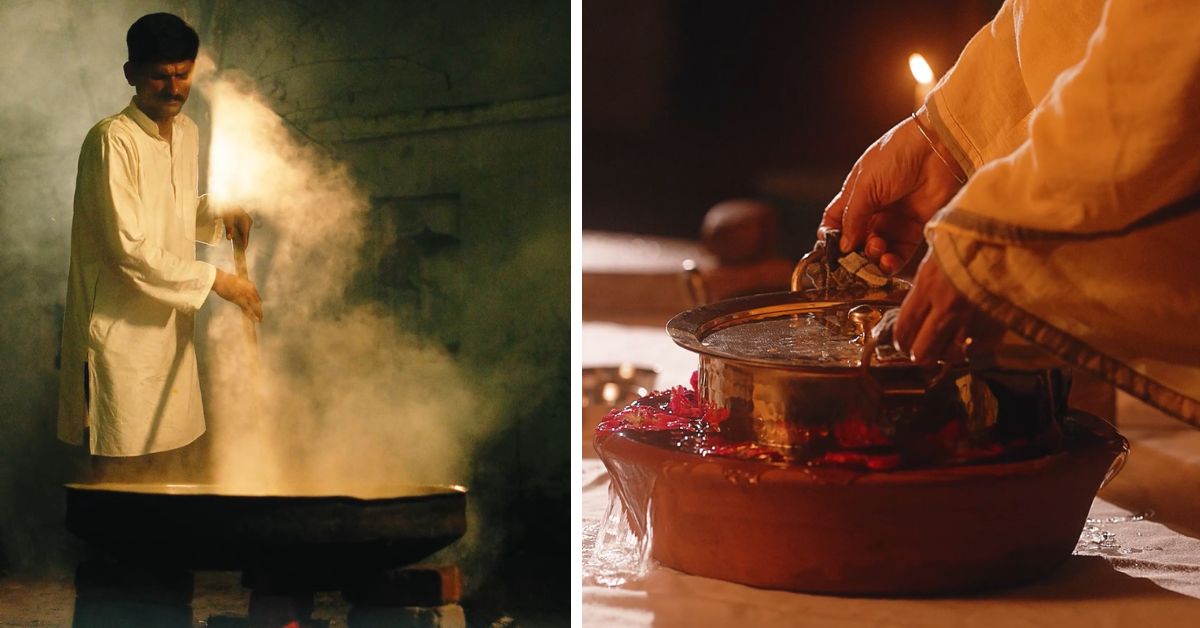
Taqi mentions this with a shy grin, “There are also people from Dubai, Pakistan, the US and the UK who have reached out to me, telling me that their grandparents are from Lucknow, or this technique of storing sheer khurma being cooled in a mitti ka koondha (earthen pot) is something that has been passed down through generations. And this ability to connect and get that love is motivating. It feels right!”
In a video that quickly went viral, Taqi portrayed the tradition of falsa sherbet as a beloved summer drink in Lucknow. He shared how the entire process — from selecting the ripest falsa berries to preparing the sherbet — remains a deeply cherished memory of his late grandfather, Anwar Nawab Sahab.
His traditional style of storytelling struck a chord with viewers, many of whom flooded the comments with their own recollections. Some spoke of childhood summers spent sipping the tangy drink, while others, now living away from the city, expressed how deeply they missed its distinct flavour.
Through this, Taqi is certain that it’s more than just videos for people; it’s a reminder of home, heritage, and the loved ones who made those moments special. Perhaps that’s why the video resonated with so many. But he agrees that with all the love and admiration comes a lot of responsibility.
A breaking point, a limited team, but a strong will
But is all of this really possible through the efforts of just one person? Taqi shares that having a strong team is key to ensuring things run smoothly. It hasn’t been all rainbows and flying colours from the start — even with the support of family and friends.
“I remember one incident after launching Lucknow Uncovered, when we landed multiple brand collaborations. Unfortunately, something didn’t go well, and slowly all the brands began to back out. Financially, it became unsustainable, though I continued paying my team’s salaries out of my own pocket for about six to seven months. Eventually, I had to let go of some members. People were still willing to stay by my side, but I believe talent shouldn’t be exploited. I remember being in my office until 2 am that night, in tears. That was the moment I thought, maybe this isn’t for me,” Taqi recalls.
But not all days are gloomy — and that’s exactly what his journey reflects. Today, Taqi weaves branding and storytelling effortlessly. One of his early collaborations was with a brand named P-TAL.
“I don’t usually reach out to brands because, when you do, there are too many specifications. You can easily lose the essence of your niche. In my case, I stick to my niche — the brands notice my work, and then we collaborate. With so many people creating content, it’s easy to get overshadowed. But that’s the game — to outshine while staying true to your personal branding,” Taqi shares his insights on brand collaborations.
However, Lucknow Uncovered is no longer a one-man show. Now, Taqi has the support of his virtuoso cinematographer, Kumail Kazmi.
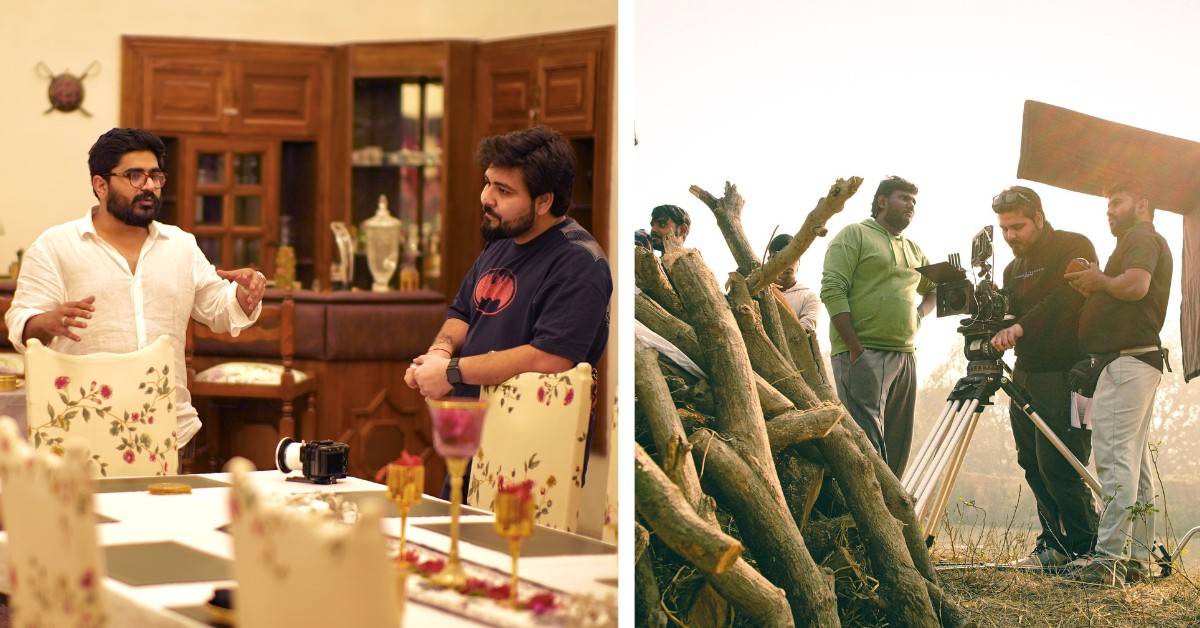
Kumail, also a native of Lucknow, has known Taqi since childhood. However, neither of them imagined that one day they would end up working together. With a strong background in photography, videography, and direction, Kumail has collaborated with major production houses like Red Chillies Entertainment and Zee Studios.
“After freelancing for a while, I moved back to Lucknow in 2018. From short films to documentaries, I worked on a range of projects,” he shares.
“I wasn’t in touch with Taqi then, but when he started Lucknow Uncovered, I came across his page and I appreciated the content. Although I was never a fan of vertical filmmaking, especially the kind you see on Instagram Reels, I ended up doing my first vertical video with him, mainly because every time he comes to a shoot, it’s clear that there’s a solid vision and a lot of research behind it.”
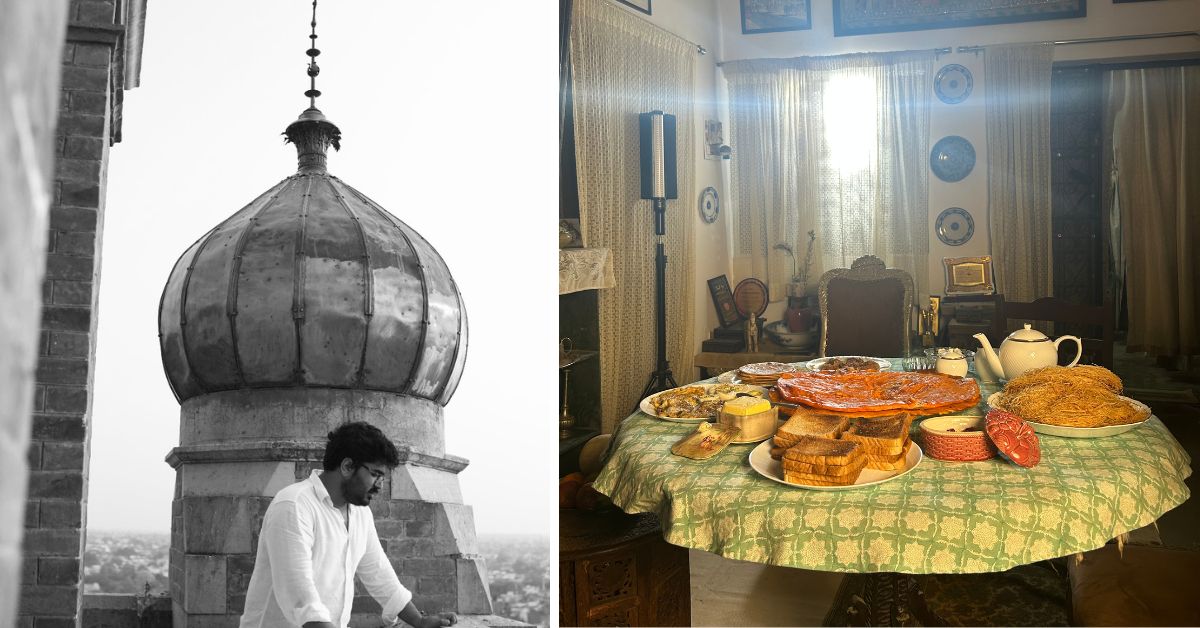
It’s been over a year now since Kumail began working with Taqi. He adds, “The kind of infotainment happening in Lucknow through initiatives like Lucknow Uncovered helps us rediscover our city in new ways. One key reason could be that Taqi comes from a legacy family, but what truly matters is that the content he shares is factually accurate and culturally rich.”
Where forgotten hands meet the spotlight
And as I sipped my cappuccino, seated in a café nestled within the historic Jahangirabad Palace, I couldn’t agree more that people here have found a beautiful way to blend centuries-old culture with what’s trending today. Through the work of creators like Taqi, it reminds us that it’s our collective responsibility to carry this legacy forward.
But is Lucknow Uncovered a page that merely documents history with perfectly synced shots and unforgettable visuals? No, it is a warm hug to people who should have gotten recognition a long time ago.
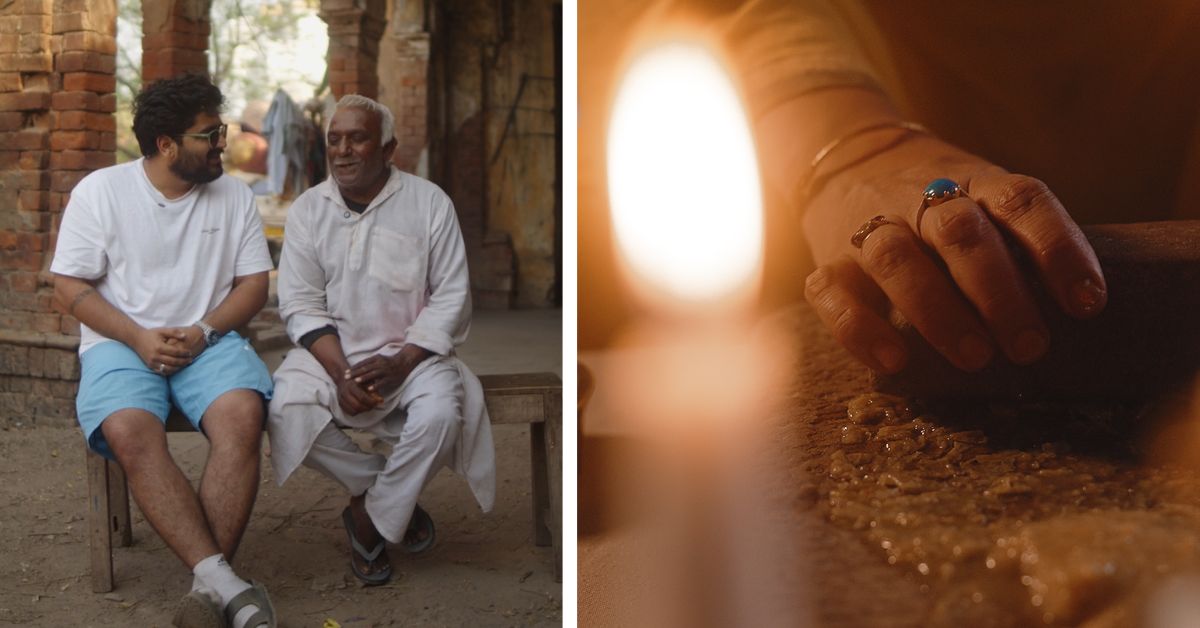
One such story is of Wazir Ali sahab, aka Battu Bhai. Battu Bhai has been practising the art of making manjha (kite strings) for over 50 years. Lucknow got to know Battu Bhai — one of the city’s veteran artisans of this craft — through Taqi’s video.
“Abbu ke kaam ki ehmiyat pata lagi logon ko Taqi Bhai ke video ke baad.” (“My father’s craft got recognition after Taqi Bhai shot his video”), tells Adil Wazir, Battu Bhai’s son.
He adds, “Abbu used to leave the home as early as five or six in the morning to make and sell the manjhas. He stood true to this craft and remained meticulously dedicated to it. Making manjhas didn’t pay well, but whatever he earned, he made sure that his family ate well and that his children got educated. And it warms my heart to see this long-due recognition from our people for him.”
And it warms my heart to see this long-due recognition from our people for him.”
A love letter in every frame
As Taqi’s late grandfather, Anwar Nawab sahab, once wrote in a nazm dedicated to his wife: “Phir yaad teri aayi, phir Qais ke seene mein bedaar hui uljhan” (“Your memory returned once more, and with it, unrest stirred once more in Qais’s heart.”)
Aren’t we all a bit like Qais — living away from Lucknow and longing for our Laila, which is our city’s warmth, flavour, and forgotten corners? And in that yearning, Lucknow Uncovered becomes more than just a page. It becomes a bridge to the city’s soul.
Whether through a picture, a reel, or a fleeting anecdote, it brings back the taste of kewami sevaiyaan simmering in a kitchen lit with a shama (candle) on Eid or the stories tucked in the crafts of artisans nearly erased by time. Because sometimes, all it takes is one storyteller to help us find our way home.
All images courtesy: Taqi Abbas
No comments:
Post a Comment